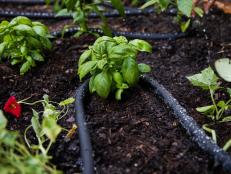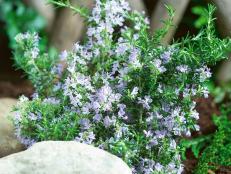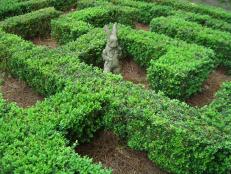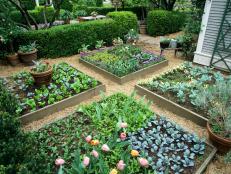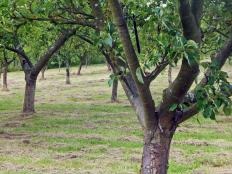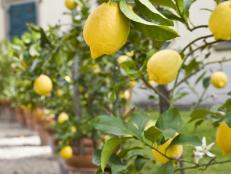Japanese Elements Inspire Zen Garden

Landscape designer Mitch Kalamian brings the elements of a Japanese garden into a modest-sized yard. The homeowners in this project are drawn to the serene nature of a Japanese garden but don't want to spend a lot of time maintaining a garden. This style of gardening is minimalist in the amount of planting and ornamentation, so it requires little maintenance.
In Zone 9, winter is the rainy season and the temperature is mild. These are good conditions for creating a Japanese garden. The homeowners have a 20- by 20-foot unused area of their yard which has large trees that filter sunlight. When creating an Asian garden from scratch, you may want to start on a smaller scale and expand it later.
Kalamian, who specializes in Japanese and Asian-inspired gardens, creates a Zen garden that incorporates some of the elements already in the yard and complements the architectural features of the house. The spot is in the back of the yard and the garden will serve as a buffer from street and neighborhood noise.
In his design, Kalamian centers the focus on a Japanese black pine that reaches over a pond and adds a bamboo fountain. Kalamian also adds several other traditional Japanese garden elements to create a serene spot for the homeowners. Kalamian installs a bamboo fence a few yards shy of the property line; the natural path that leads behind the fence adds intrigue, and the fence creates the illusion of depth and space. To install the fence, he sinks lodge poles into the ground and secures the fencing to each post to create a screen.
Three boulders were chosen for their shape and potential position in the garden. Because Japanese gardeners believe nature is asymmetrical, stones are always grouped in uneven numbers. Like plants, rocks have a face, a front and a backside. Placing a rock several inches into the ground makes it look more natural, as if it is jutting up out of the earth.
Kalamian adds a flagstone pathway using local stone because the color goes well with the boulders. Using local stones also makes the garden look more natural and keeps the cost down.
Water features are an important element in Japanese gardens. A simple bamboo water fountain was built next to the pond by cutting a piece of bamboo into three similar-sized segments, running a tube through them and attaching the tube to a submersible pump in the pond. A gravel bed with a solitary boulder was added toward the back of the garden. The 6-inch layer of gravel will prevent the soil from washing up and weeds from growing. A shallower layer would require a plastic liner underneath. With these elements in place, the garden echoes a Japanese landscape. With some greenery and finishing touches, the garden is transformed into an ideal space for reflection and meditation.







